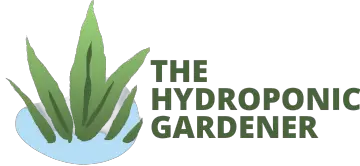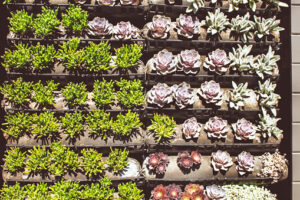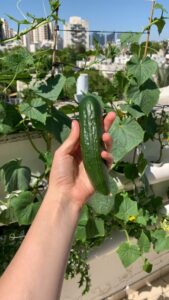Growing hydroponics in the desert can be a difficult and intimidating task. Not only because of the extreme heat and dryness of desert climates but also because of the difficulty finding water sources to support your hydroponic plants. It takes careful planning, preparation, research, and dedication to growing hydroponics successfully in such environments – but it can be done!
This comprehensive guide goes over all aspects you need to consider when undertaking this type of arduous adventure: from setting up an effective irrigation system under harsh conditions; to understanding which types of crops are best suited for growing during periods with minimal light or water, through how to nitrogen fixation within soil-less desert landscapes; or even harvesting beneficial native species from those areas too infertile for established food production crops.
So without further ado, brace yourselves, explorers! We’re about to embark on a challenging journey to learn how to plant seeds into our deserts’ unforgiving, sweltering soundscapes.
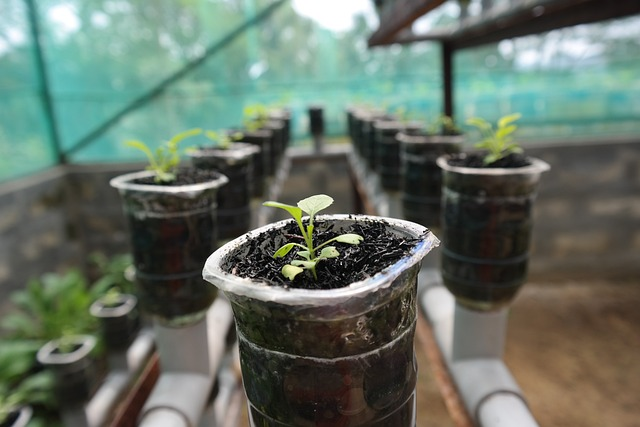
Image credit:pixabay.com
Preparing For Your Garden
Growing hydroponics in the desert requires specific knowledge of making the most of possible limited resources and properly structuring your irrigation system. When beginning this gardening adventure, it is important to research and understands the basics of desert hydroponic gardening and learn what other successful growers have done with their efforts.
When living in an arid region like a desert, it is important to adequately prepare for success by having your irrigation supply easily accessible. Having the right setup for your particular environment can make or break your efforts in hydroponic gardening. So it is essential to consider the location and the best means of sourcing water.
One option is to use a drip system — which can be used in gardens with soil or without. Drip systems are especially useful for water conservation, ensuring that water is evenly distributed over your crops and keeping the water away from the leaves of plants, reducing evaporation losses.
Identifying an external water source suitable for hydroponic gardening or considering ways to capture and store rainwater should be a top priority when setting up your garden. Additionally, being mindful of the water used, directing runoff towards certain areas, or capturing and redirecting overall drainage can help manage usage while ensuring that everything remains as efficient as possible with minimal waste. After laying these fundamentals down before throwing seeds into the mix, setting up an effective irrigation system becomes much easier so you can enjoy fresh produce for years to come!
Understanding What Crops To Plant
Learning how to grow hydroponics in the desert is a complex undertaking. It requires understanding what crops to plant, researching which plants thrive in extreme heat and dryness, and exploring opportunities for nitrogen fixation within soil-less landscapes.
Water conservation is paramount for hydroponics growing in a desert environment, and selecting the right crops can make all the difference. Several factors must be considered when selecting plants for desert conditions: water availability, temperature extremes, soil fertility, light exposure, and native species.
First and foremost, selecting well-suited plants for dry conditions is important. Some of the best crops for desert hydroponics include basil, cilantro, parsley, lettuce, barley fodder, and green onions. These vegetables require minimal water and can withstand extreme temperatures common in many desert environments.
To maximize light and water conditions, it is important to select the right varieties of plants that can tolerate both heat and water stress while offering the environmental advantages of low-water input or nitrogen-fixing abilities. Similarly, pest resistance should be considered when determining which varieties are best suited for these conditions.
With proper planning and an understanding of tactics such as crop selection, thoughtful irrigation management strategies, and pest control measures, one can ensure that hydroponic agriculture in arid climates is successful – even if there are extreme weather events or long periods of drought.
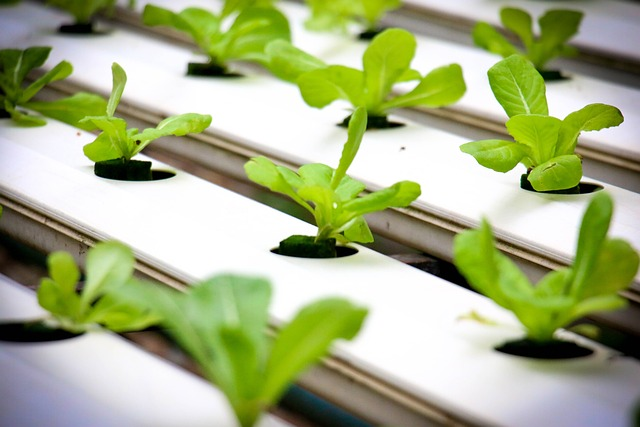
Image credit:pixabay.com
Harnessing The Benefits Of Native Species
Exploring the desert can help you find plants that do not need much water or light. These special plants can grow in your hydroponics garden, even with little water or light.
Going out into the desert and exploring its flora is an incredibly rewarding experience. Not only does it allow one to understand better the environment they are trying to work with, but it also allows them to learn about native species that may be beneficial when growing hydroponics.
For example, cacti are uniquely adapted to thrive in arid climates and have evolved to require minimal water and light, making them ideal candidates for a hydroponic garden. Additionally, certain native species, such as shrubs and grasses, can help fix nitrogen into the soil-less desert landscape.
Educating oneself on local species allows cultivators of hydroponic systems to make informed decisions when selecting the perfect plants for their applications. Furthermore, learning to harvest and store native plants properly ensures they will not just last an extended period but remain as healthy as possible until they are ready to be used.
The knowledge one can gain by foraging in the desert presents an evergreen opportunity to grow sustainably and maintain sustainable hydroponic systems even during extreme environmental stress. Foraging in the desert can help people understand their environment better and learn about the native species that are best suited to it.
Native species of plants can then be used to create a successful hydroponic system that is sustainable and healthy, even in the aridest of environments. With proper education and the right resources, hydroponics in the desert can become easier and more enjoyable!
FAQs
Hydroponics is a good way to grow crops in areas with little water and poor soil. In desert regions, farmers can use native plants adapted to the hot, dry environment, such as cacti, shrubs, and grasses. These plants help improve the quality of the soil by adding nitrogen. Additionally, using plants that require minimal water and can withstand extreme temperatures can help maximize water and light conditions for a successful hydroponic system.
Some of the best crops for desert hydroponics are basil, cilantro, parsley, lettuce, and green onions. These vegetables do not need a lot of water and can grow in hot climates. Additionally, certain native plants, such as shrubs and grasses, can help add nitrogen to the system, making them great additions to a successful hydroponic garden.
When harvesting native plants, it is important to do so at the right time of day. Most plants create food during the day. Also, cut the plant at its base, close to the soil. This will help avoid damaging its root system. After harvesting, it is important to store the plants in a cool, dry place until they are ready for use in the hydroponic garden.
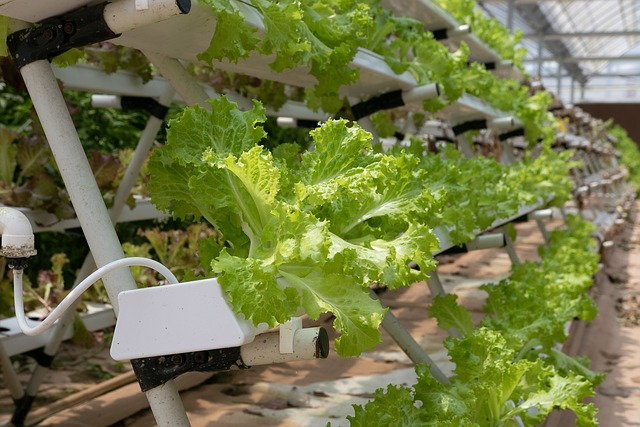
Image credit:pixabay.com
Conclusion
While it might seem like a daunting task to grow hydroponics in the desert, with careful planning and execution, it is possible. Hydroponics can be a viable gardening option even in arid climates with the right resources, a proper understanding of desert conditions, and proper crop selection.
Growing hydroponics in desert climates can be a challenging task. With extreme temperatures and limited water availability, it’s important to consider these harsh conditions when selecting the right plants for your hydroponic garden. Following the tips in this blog post, you’ll be well on your way to successfully growing hydroponics in even the driest climates.
Have you ever attempted to grow hydroponics in a desert climate? What Tips would you add to our list to improve food security? Let us know in the comments below!
